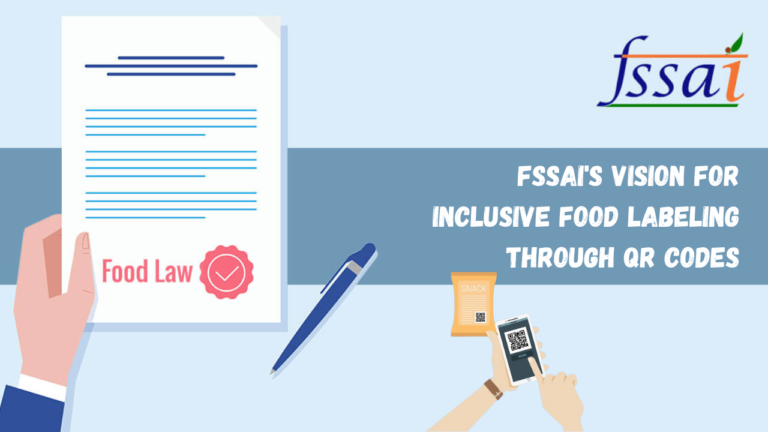In the food industry, the appearance of products often plays a crucial role in consumer choice. As a result, food manufacturers employ various techniques and additives to enhance the color and presentation of their products. One common practice is the use of bleaching agents, which serve to whiten, brighten, and improve the overall appeal of food items. Some of the different bleaching agents used in the food industry.
1. Hydrogen Peroxide (H2O2): Perhaps one of the most recognized bleaching agents, hydrogen peroxide is widely used in the food industry. It is employed to whiten flour, making it appear brighter and more appealing. In addition to its bleaching properties, hydrogen peroxide is an effective disinfectant, contributing to the safety of food products.
2. Benzoyl Peroxide: This bleaching agent is commonly used in the baking industry, particularly in the production of wheat flour. Benzoyl peroxide helps improve the color and texture of flour, making it suitable for various baked goods like bread and pastries.
3. Azodicarbonamide: Azodicarbonamide, often referred to as ADA, is a versatile bleaching agent used in the food industry. It serves multiple purposes, including bleaching flour and improving the texture of dough. Additionally, ADA is used as a blowing agent in the production of foamed plastics, highlighting its multifunctional nature.
4. Ascorbic Acid (Vitamin C): Ascorbic acid is a naturally occurring compound found in fruits and vegetables. It is used as a bleaching agent and dough conditioner in the food industry. Ascorbic acid not only helps to whiten flour but also enhances the quality and shelf life of baked products.
5. Chlorine Dioxide: Chlorine dioxide is employed as a bleaching agent in the processing of various food products, including flour and starch. It is highly effective in removing impurities and dark pigments, resulting in a more appealing final product.
6. Calcium Peroxide: In some food processing applications, calcium peroxide is utilized as a bleaching agent. It helps improve the color and quality of certain food products, such as rice and flour.

Some of the advantages of using bleaching agents in the food industry are:
Color Enhancement: One of the primary reasons for using bleaching agents in the food industry is to enhance the color of food products. Many food items, such as flour, sugar, and edible oils, can become discolored during processing or storage. Bleaching agents help to restore or improve the natural white or bright color of these products, making them more visually appealing to consumers.
Consistency: Bleaching agents can ensure consistency in the appearance of food products. This is particularly important for products like flour and sugar, where uniform color is expected by consumers.
Extended Shelf Life: In some cases, bleaching agents can contribute to extending the shelf life of food products. By removing impurities and contaminants that may promote spoilage or rancidity, bleaching agents help maintain the product’s quality and freshness over time.
Cost-Effective: Using bleaching agents can be a cost-effective way for food manufacturers to produce visually appealing and consistent products. This can help reduce waste and production costs.
Disadvantages:
Health Concerns: One of the main disadvantages of using bleaching agents in the food industry is the potential health concerns associated with certain chemicals. Some bleaching agents, if not properly controlled or removed, may leave residues that could be harmful when ingested. For example, chlorine dioxide, a commonly used bleaching agent, can form harmful byproducts if not managed correctly.
Loss of Nutrients: The bleaching process can lead to a loss of some nutrients in food products. For instance, the bleaching of flour can result in a reduction of certain vitamins and minerals.
Environmental Impact: Some bleaching agents, particularly chlorine-based compounds, can have negative environmental impacts. Improper disposal of wastewater containing chlorine-based bleach residues can harm aquatic ecosystems.
Allergen Concerns: Some individuals may be sensitive or allergic to certain bleaching agents. In such cases, consuming food products treated with these agents can lead to adverse reactions.
Regulatory Compliance: The use of bleaching agents in food processing is strictly regulated by food safety authorities in many countries. Food manufacturers must adhere to specific guidelines and limits to ensure the safety of their products. Non-compliance with these regulations can lead to legal issues and product recalls.
It’s essential to note that the use of bleaching agents in the food industry is regulated and subject to strict safety standards. These standards are in place to ensure that the bleaching agents used do not pose any health risks to consumers. Moreover, the quantity and type of bleaching agent employed must be clearly indicated on food labels, allowing consumers to make informed choices.
While bleaching agents play a crucial role in enhancing the appearance and quality of various food products, it is essential for manufacturers to use them responsibly and in compliance with established regulations. Consumers, on the other hand, should be mindful of the ingredients listed on food labels and stay informed about the safety and usage of such additives. Ultimately, when used correctly and judiciously, bleaching agents contribute to the appealing aesthetics and overall quality of many foods we enjoy every day.
Important Note:- Please ensure that you are subscribed to the FoodYaari Newsletter and our YouTube channel to be notified of the latest in the Food Industry.
Follow us on all of our social media like Linkedin, Instagram, YouTube



Bleaching Agents in the Food Industry: Enhancing Appearance and Quality